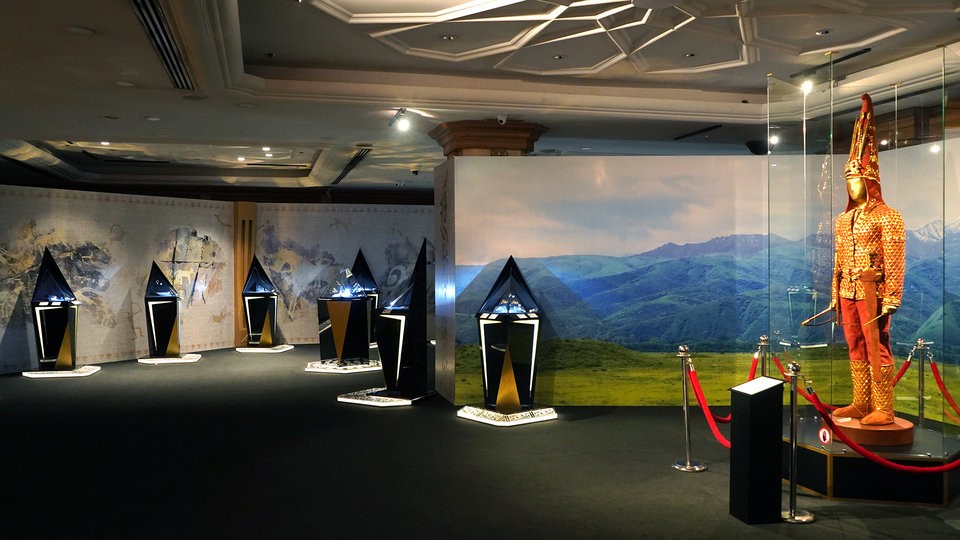NUR-SULTAN (TCA) — The National Museum of Kazakhstan opens the exhibition “The Great Steppe: History and Culture” on November 11 at the Epigraphic Museum of Athens (Greece). The exhibition will run until December 11, as part of the international exhibition project “The Procession of the Golden Man in the world museums,” the press service of the Prime Minister of Kazakhstan reported.
The aim of the exhibition is to familiarize foreign audiences with the rich historical and cultural heritage of Kazakhstan. The symbol of Kazakhstan, the Golden Man, will be presented at the exhibition.
In the late 1960s-early 1970s, an archaeological sensation occurred in the vicinity of Almaty: in the Issyk mound, which was excavated by the outstanding archaeologist Kemal Akishev, the remains of the Saka king, “Golden Man,” who later became the symbol of Kazakhstan, were discovered. The priceless find was dubbed the “Kazakh Tutankhamen” and was recognized as the discovery of the century. Golden ornaments from the crown of the ancient ruler of the steppes — winged horses tulpars — became part of the national coat of arms of the Republic of Kazakhstan, and the sculpture of the Golden Man was installed on Independence Square in Almaty.
After almost half a century, the National Museum of Kazakhstan announced an international tour — “The procession of the Golden Man through the museums of the world”. As part of this large-scale project, the exhibition has so far been held with great success in the museums of Belarus, Russia, Azerbaijan, China, Poland, South Korea and Uzbekistan, Malaysia, and Turkey.
At the exhibition in the Epigraphic Museum of Athens, visitors will see the reconstruction of the Golden Man in clothes embroidered with gold plaques, in a special conical headdress decorated with gold plates in the form of golden arrows, snow leopards, argali, horses and birds, and a collection of archaeological finds from the early era of the Iron Age (V – IV centuries BC) that accompanied the burial of this noble Saka young warrior (according to archaeologists his age is 17-18 years).
In total, the exhibition features 144 items from the collections of the National Museum of Kazakhstan.



